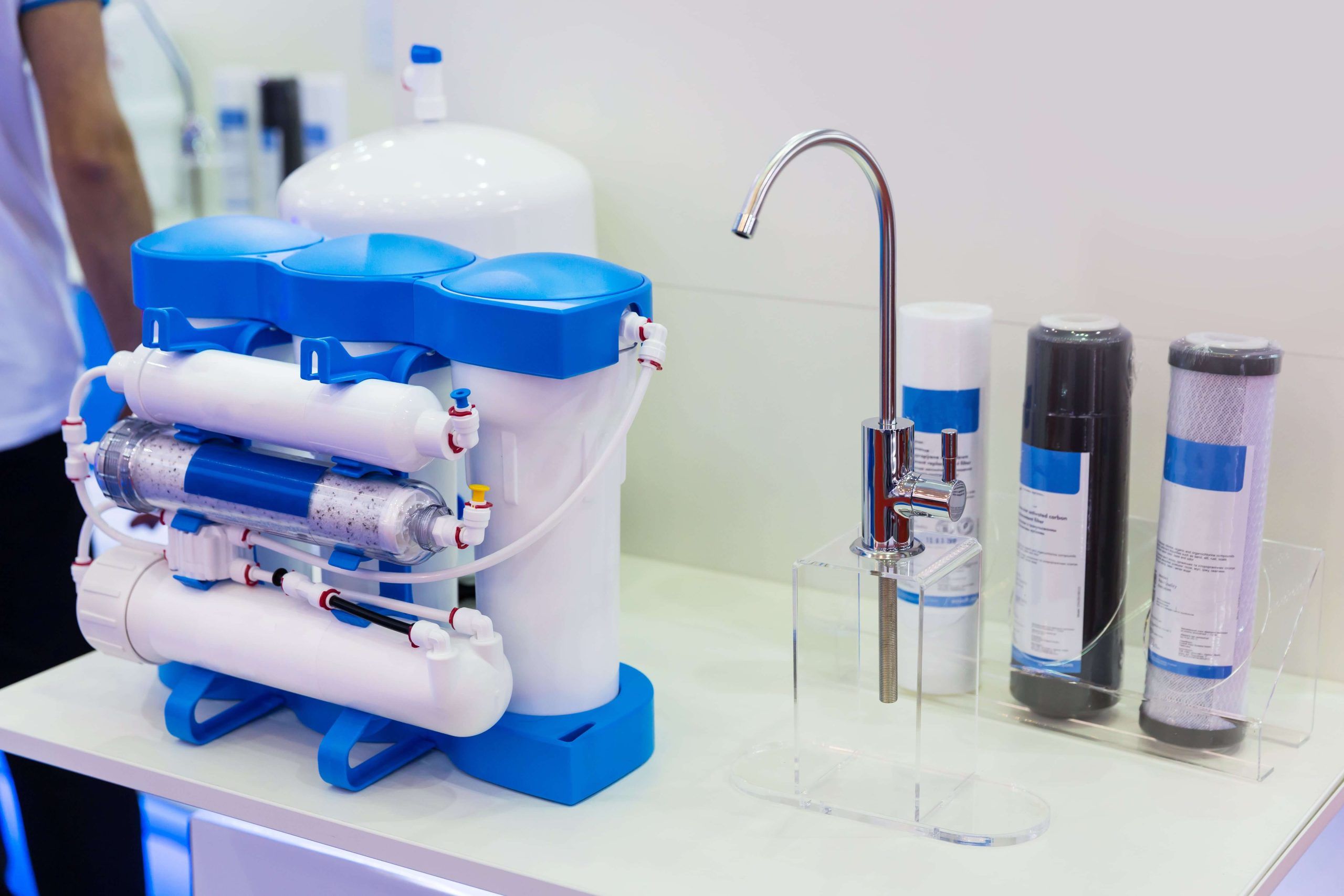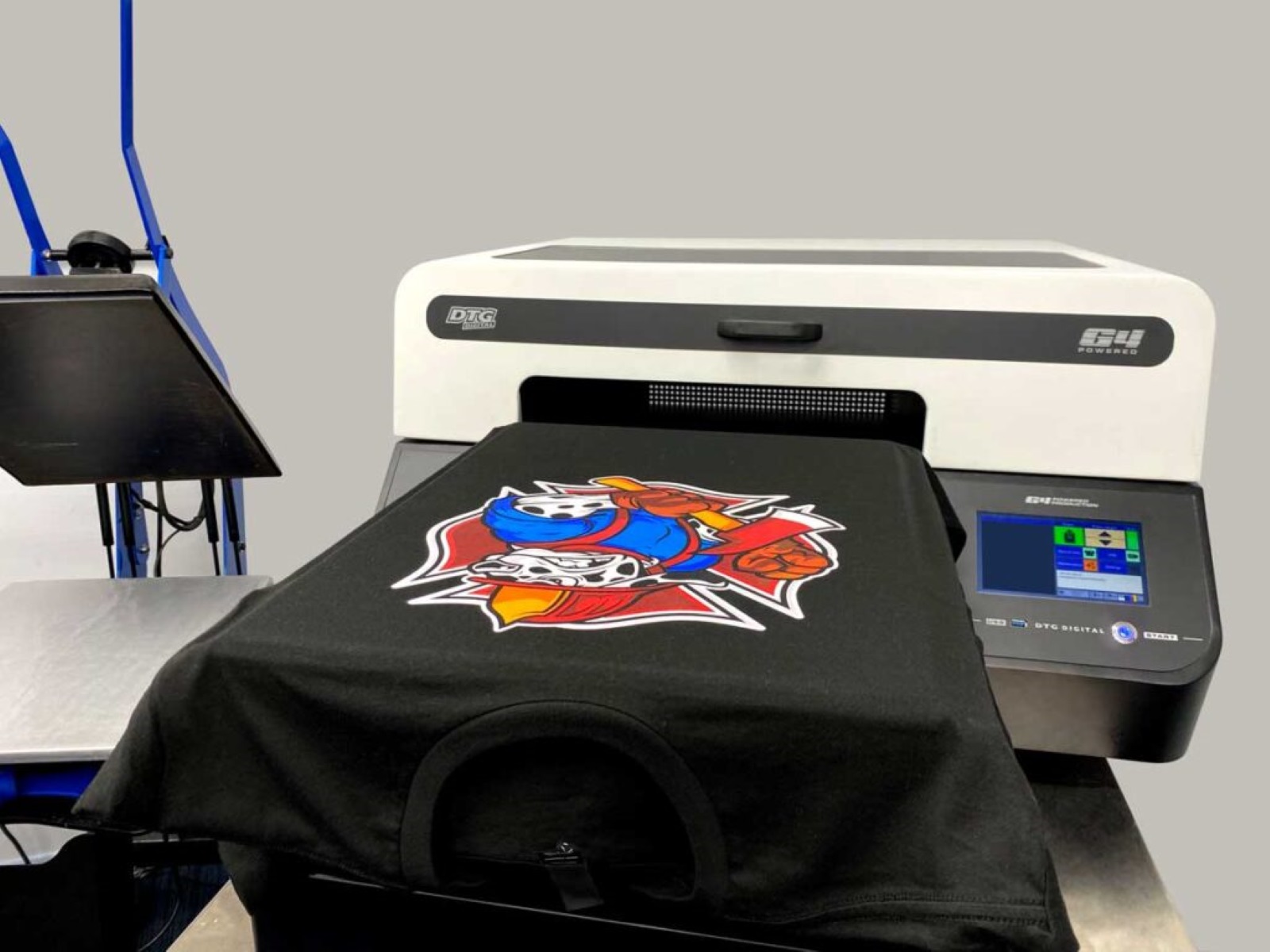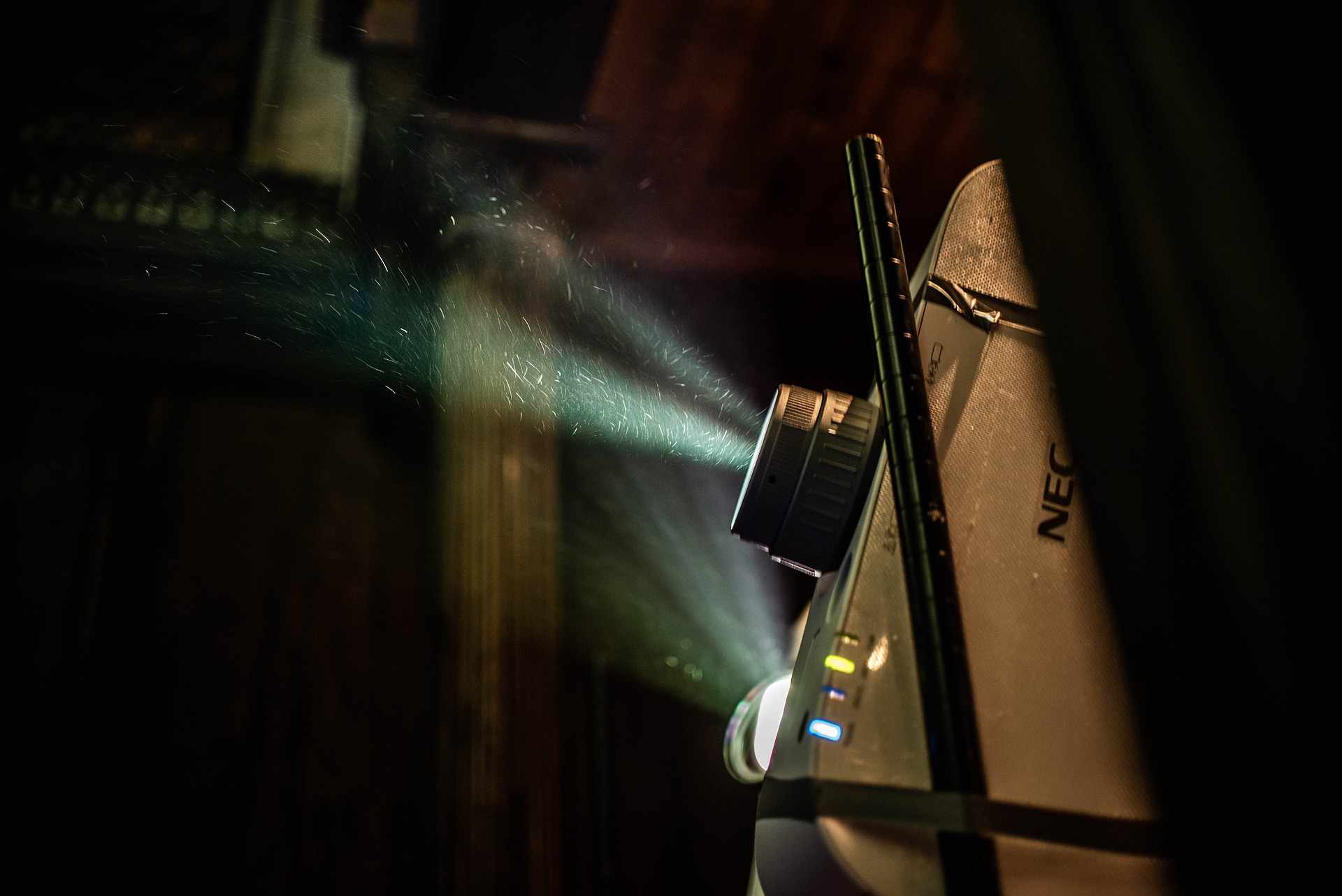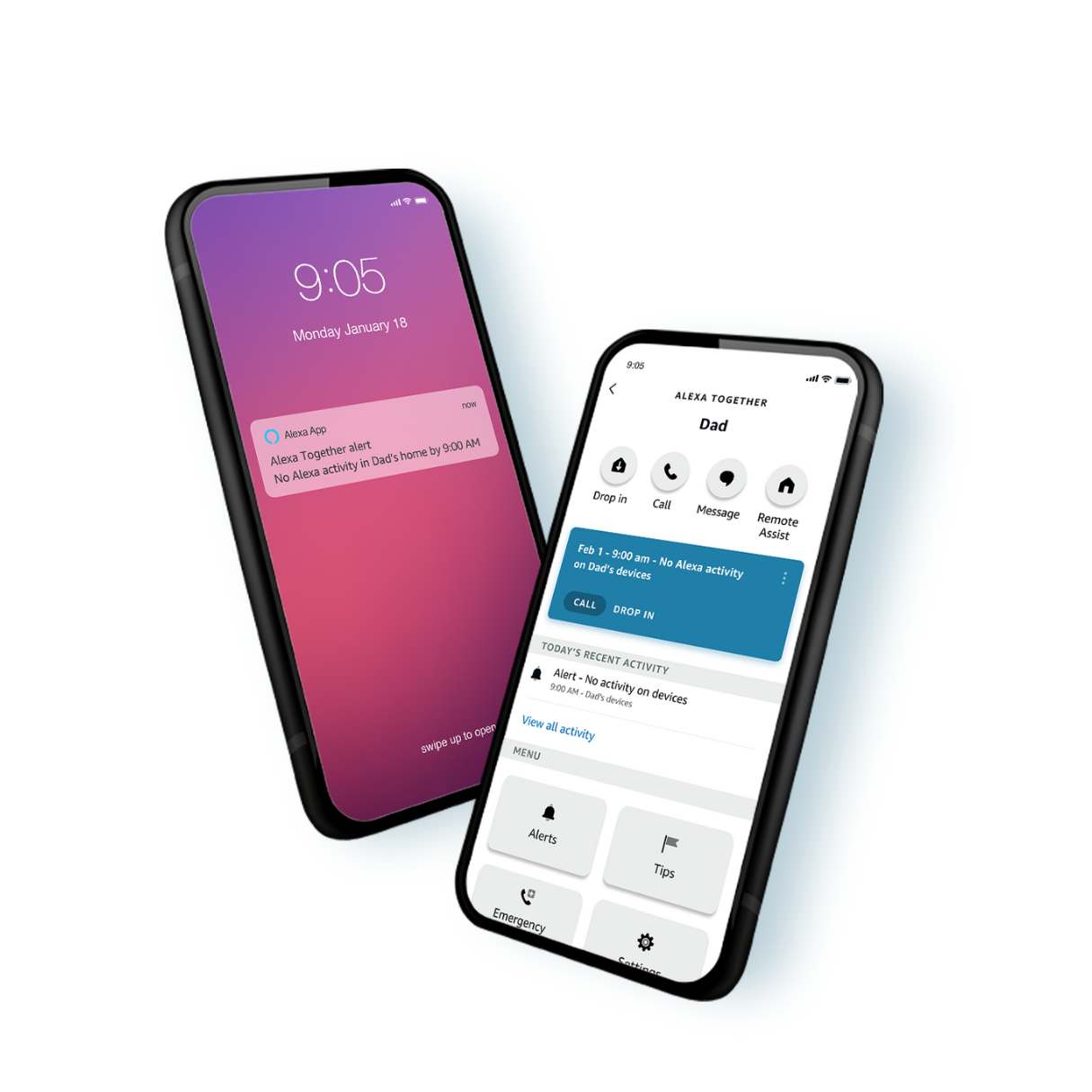Home>Technology>Home Entertainment Systems>What Kind Of Projector Do I Need For Powerpoint Presentations


Home Entertainment Systems
What Kind Of Projector Do I Need For Powerpoint Presentations
Modified: January 4, 2024
Looking for the perfect projector for your home entertainment system? Discover the ideal options for your PowerPoint presentations and create an immersive viewing experience. Explore now!
(Many of the links in this article redirect to a specific reviewed product. Your purchase of these products through affiliate links helps to generate commission for Storables.com, at no extra cost. Learn more)
Understanding the Basics of Projectors
In the realm of modern presentations, projectors play an instrumental role in conveying information to a larger audience. Whether you are a business professional, educator, or presenter, the right projector can make a significant difference in the effectiveness of your presentations. When it comes to using projectors for PowerPoint presentations, there are several factors to consider, including the type of projector, resolution, brightness, connectivity options, and portability. Understanding the basics of projectors and their suitability for PowerPoint presentations is essential for making an informed decision when selecting the ideal equipment for your needs.
Projectors have evolved significantly over the years, offering enhanced features and capabilities to accommodate various presentation requirements. From traditional conference room setups to portable options for on-the-go presenters, the market offers a diverse range of projectors designed to cater to specific demands. As technology continues to advance, projectors have become more versatile, providing improved image quality, connectivity, and portability.
In the upcoming sections, we will delve into the essential factors to consider when choosing a projector for PowerPoint presentations, explore the different types of projectors suitable for this purpose, and provide insights to help you make an informed decision. Whether you are seeking a projector for professional presentations, educational purposes, or personal use, understanding the nuances of projector technology and its relevance to PowerPoint presentations will empower you to select the most suitable option for your specific needs.
Understanding the Basics of Projectors
Projectors are indispensable tools for delivering impactful presentations, whether in a corporate boardroom, educational institution, or community event. Understanding the fundamental aspects of projectors is crucial for making informed decisions when selecting the right equipment for PowerPoint presentations. By grasping the essential features and functionalities of projectors, presenters can optimize their visual content delivery and captivate their audience effectively.
At the core of a projector’s functionality is its ability to display images, videos, and slideshows onto a large screen or surface, enabling a broader audience to view the content simultaneously. Projectors achieve this by utilizing light sources and lens systems to project the visual information from a connected device, such as a laptop or media player, onto a designated display area. The quality of the projected images, the level of detail, and the overall visual experience are influenced by various factors, including resolution, brightness, contrast ratio, and color accuracy.
Resolution is a critical aspect of projector performance, as it determines the clarity and sharpness of the displayed content. Higher resolution projectors can render intricate details and text with greater precision, resulting in visually stunning presentations. Additionally, brightness plays a pivotal role in ensuring clear visibility, especially in well-lit environments. Projectors with higher lumen output can maintain image quality even in brightly lit rooms, making them suitable for diverse presentation settings.
Connectivity options are another key consideration, as they determine the compatibility of the projector with different devices and input sources. Presenters often require seamless connectivity to laptops, tablets, smartphones, and other multimedia devices, necessitating projectors with versatile input ports and wireless connectivity features. Furthermore, portability is a significant factor for presenters who need the flexibility to conduct presentations in various locations. Portable projectors offer compact designs and lightweight construction, enabling presenters to carry them effortlessly and set up presentations with ease.
By comprehending the basics of projectors and their essential attributes, presenters can evaluate the suitability of different projector models for PowerPoint presentations. In the subsequent sections, we will explore the factors to consider when choosing projectors specifically for PowerPoint presentations, delve into the various types of projectors ideal for this purpose, and equip presenters with the knowledge needed to make informed decisions when investing in presentation equipment.
Factors to Consider for PowerPoint Presentations
When selecting a projector for PowerPoint presentations, several crucial factors come into play, each influencing the overall effectiveness and visual impact of the presentation. Understanding these factors is essential for choosing a projector that aligns with the specific requirements of PowerPoint delivery, ensuring seamless compatibility and optimal presentation quality.
- Resolution: The resolution of a projector dictates the level of detail and clarity in the displayed content. For PowerPoint presentations, a high-resolution projector is recommended to showcase text, graphics, and multimedia elements with precision and sharpness. Opting for a projector with at least 1080p resolution can enhance the visual appeal of PowerPoint slides and ensure that intricate details are rendered accurately.
- Brightness: Adequate brightness is crucial for PowerPoint presentations, especially in environments with ambient light or during daytime usage. Projectors with higher lumen output can maintain image clarity and visibility, preventing the content from appearing washed out or dim. A brightness level of 3000 lumens or higher is often recommended for PowerPoint presentations in well-lit settings.
- Color Accuracy: The ability of a projector to reproduce colors accurately is vital for conveying the intended visual impact of PowerPoint slides. Opting for a projector with excellent color accuracy ensures that graphics, charts, and images are displayed true to their original hues, enhancing the overall quality of the presentation.
- Connectivity: Seamless connectivity options are essential for integrating the projector with various devices commonly used for PowerPoint presentations, such as laptops, tablets, and smartphones. Projectors equipped with multiple input ports, including HDMI, VGA, and USB, offer versatility in connecting to different sources, facilitating smooth content delivery.
- Portability: For presenters who require mobility and flexibility, portable projectors offer the convenience of easy setup and transportation. Compact and lightweight designs, along with features such as built-in batteries and wireless connectivity, make portable projectors ideal for on-the-go PowerPoint presentations in different venues.
Considering these factors when evaluating projectors for PowerPoint presentations empowers presenters to make informed decisions based on the specific demands of their presentation environments and content. By prioritizing resolution, brightness, color accuracy, connectivity, and portability, presenters can select a projector that complements the visual intricacies of PowerPoint slides and elevates the overall impact of their presentations.
Look for a projector with high resolution (at least 1280×800), brightness of 3000 lumens or more, and a good contrast ratio for clear and vibrant PowerPoint presentations.
Types of Projectors Suitable for PowerPoint Presentations
When it comes to delivering impactful PowerPoint presentations, choosing the right type of projector is crucial for ensuring optimal visual performance and seamless integration with presentation content. Several types of projectors are well-suited for PowerPoint presentations, each offering unique features and advantages tailored to different presentation environments and requirements.
- Standard Throw Projectors: Standard throw projectors, also known as short-throw or long-throw projectors, are commonly used in boardrooms, classrooms, and auditoriums. These projectors are positioned at a distance from the screen or projection surface, offering flexibility in projection size and optimal image clarity. With high brightness and resolution capabilities, standard throw projectors are ideal for delivering impactful PowerPoint presentations in larger spaces.
- Portable Projectors: Portable projectors are designed for on-the-go presenters who require flexibility and mobility. These compact and lightweight projectors are suitable for conducting PowerPoint presentations in various locations, offering easy setup and convenient connectivity to laptops, tablets, and smartphones. Portable projectors often feature built-in batteries and wireless connectivity options, making them versatile solutions for presenters on the move.
- Interactive Projectors: Interactive projectors integrate interactive capabilities, allowing presenters to engage with the projected content using touch or interactive pens. These projectors are well-suited for collaborative presentations, brainstorming sessions, and interactive workshops where audience participation and engagement are paramount. Interactive projectors enhance the interactivity and engagement levels of PowerPoint presentations, fostering dynamic communication with the audience.
- Wireless Projectors: Wireless projectors offer seamless connectivity and content sharing, eliminating the need for cumbersome cables and adapters. Presenters can wirelessly connect their devices to the projector, facilitating effortless content delivery and enhancing mobility during presentations. Wireless projectors are ideal for modern presentation setups, enabling presenters to focus on delivering impactful PowerPoint content without being tethered to specific connection points.
- Pico Projectors: Pico projectors, also known as pocket projectors, are ultra-compact and highly portable, making them suitable for impromptu PowerPoint presentations and ad-hoc meetings. These miniaturized projectors can easily fit into a briefcase or pocket, offering convenience and versatility for presenters who require compact presentation solutions without compromising on visual performance.
By understanding the unique characteristics and benefits of different projector types, presenters can make informed decisions based on their specific presentation needs and preferences. Whether delivering presentations in corporate settings, educational institutions, or unconventional venues, selecting the most suitable projector type for PowerPoint presentations can significantly enhance the visual impact and effectiveness of the content delivery.
Conclusion
Choosing the right projector for PowerPoint presentations is a pivotal decision that directly impacts the effectiveness and visual appeal of content delivery. By understanding the fundamental aspects of projectors, considering essential factors such as resolution, brightness, color accuracy, connectivity, and portability, and exploring the diverse types of projectors suitable for PowerPoint presentations, presenters can make informed choices that align with their specific presentation requirements.
Projectors have evolved to offer enhanced capabilities, catering to the diverse needs of presenters across various professional and educational settings. Whether delivering presentations in traditional boardrooms, dynamic classrooms, collaborative workspaces, or on-the-go environments, the versatility of projectors ensures that presenters can engage their audiences with compelling PowerPoint content and seamless visual experiences.
As technology continues to advance, projectors will continue to play a pivotal role in shaping the landscape of modern presentations, empowering presenters to captivate their audiences with immersive visuals and dynamic content delivery. By staying informed about the latest advancements in projector technology and understanding the nuanced requirements of PowerPoint presentations, presenters can harness the full potential of projectors to elevate the impact of their presentations and create lasting impressions.
Ultimately, the synergy between projectors and PowerPoint presentations transcends mere visual display; it embodies the art of communication, storytelling, and knowledge dissemination. The right projector serves as a conduit for transforming ideas and information into captivating visual narratives, enriching the presentation experience and leaving a lasting impression on the audience.
By embracing the evolving capabilities of projectors and leveraging their potential to enhance PowerPoint presentations, presenters can embark on a journey of seamless connectivity, visual brilliance, and impactful communication, amplifying the power of their presentations and shaping memorable experiences for their audiences.
Frequently Asked Questions about What Kind Of Projector Do I Need For Powerpoint Presentations
Was this page helpful?
At Storables.com, we guarantee accurate and reliable information. Our content, validated by Expert Board Contributors, is crafted following stringent Editorial Policies. We're committed to providing you with well-researched, expert-backed insights for all your informational needs.
















0 thoughts on “What Kind Of Projector Do I Need For Powerpoint Presentations”